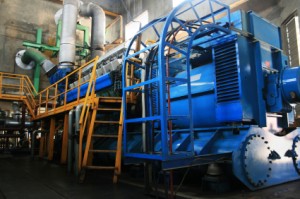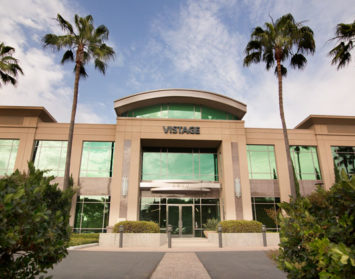 The current market conditions are optimal for biotech companies — or any type of tech operation — to get a great deal on office, R&D or lab space. Whether you are coming toward the end of an existing lease term and considering renewal or you’re out on the market looking for new or expansion space, it’s always a good idea to understand the needs and motivations of potential landlords. Today, landlords need to eliminate vacancies and drive up their overall capitalized lease assets. As a result, potential tenants currently have significant opportunities to drive major concessions in exchange for signing a multiyear lease.
The current market conditions are optimal for biotech companies — or any type of tech operation — to get a great deal on office, R&D or lab space. Whether you are coming toward the end of an existing lease term and considering renewal or you’re out on the market looking for new or expansion space, it’s always a good idea to understand the needs and motivations of potential landlords. Today, landlords need to eliminate vacancies and drive up their overall capitalized lease assets. As a result, potential tenants currently have significant opportunities to drive major concessions in exchange for signing a multiyear lease.
Currently, laboratory space vacancies are at a record high of 15 percent, resulting in rental rates as much as a dollar per square foot lower than the rents of just a few years ago. Office and R&D vacancies are also peaking and good deals on rents can be had. For example, vacancies are two to three times what they were 24 months ago, with rental rates slashed by one-third from their market peak.
If you have a lease expiring between now and the end of 2011, it’s likely that you can negotiate as much as a 25 percent to 40 percent rate reduction. But to get the best deal in both the short and long run, and also to protect against potential landlord insolvency, it’s wise to first do some homework and to consider all the factors.
From a big-picture perspective, it appears we are nearing a turning point, and may even have reached the bottom in the commercial real estate market. The deal flow has been picking up both in terms of new leases and in sales of commercial properties. However, there is still a lot of caution out there as well. That’s why occupancy levels have become so important. Any building full of tenants with multiyear leases is much more saleable in today’s market rather than one with lots of potential but many vacancies. In addition, landlords looking to refinance their properties are in a stronger position when they can show a solid portfolio of multiyear lease assets.
Don’t be afraid to ask. Keep in mind that lease renewals are always more profitable for landlords than going out and finding new tenants. Every year real estate owners build into their financial models debt service, property taxes, operating costs, leasing commissions, tenant improvement costs and vacancy. When an existing tenant renews their lease, the amount of tenant improvement dollars the landlord will fund are typically far less when compared to a replacement tenant. In addition to less capital outlay for a renewing tenant, the landlord also has zero down time. The difference for the landlord can be from 26 percent to 30 percent below their “asking” or market rental rate. In today’s market, a strong tenant can potentially leverage this advantage to a 40 percent or better reduction in lease rate. So be sure to ask for it.
Don’t be afraid to move. On the other hand, if your current landlord approaches you about extending your unexpired lease, don’t feel compelled to just jump on the offer. Remember, there are lots of other landlords out there with suitable space who are just as motivated to secure your lease commitment and drive up their occupancy levels, too. The willingness to move can be a valuable negotiating advantage. In today’s market, landlords are typically offering moving allowances of $5 to $7 per square foot. In addition, we’re seeing free rent concessions of as much as two months per year of lease commitment. On a five-year lease, this can work out to almost a full year of free rent! Even if you end up extending your existing lease, it’s never a bad idea to test the waters and see what alternatives are out there.
One caveat for the biotech industry when thinking about a move: Be sure to lock down a pricing space plan with the specialized improvements you may require. Fume hoods, power, piping, clean rooms, tissue culture, HVAC capacity and plumbing are examples of a few specialized components that need to be well understood. One small mistake on the construction process may offset any savings you can garner, so work closely with your real estate adviser and project manager to ensure a realistic project budget is firmly in place.
Don’t leave money on the table. The bottom line is to remember that your signature on a new lease document is extremely valuable to your existing landlord as well as to their competitors. With today’s focus on driving up occupancy levels, a solid, credit-worthy tenant enjoys even more negotiating strength. As always, be sure to perform your due-diligence to ensure that the landlord is in a strong enough position to follow through on their commitments. It’s never useful to gain concessions that turn out to be empty promises. But, once you’re sure the landlord is solid, don’t hesitate to ask for all that you can get.
Scot Ginsburg is an executive vice president of Hughes Marino, a global corporate real estate advisory firm that exclusively represents tenants and buyers. Contact Scot at 1-844-662-6635 or scot.ginsburg@hughesmarino.com to learn more.








